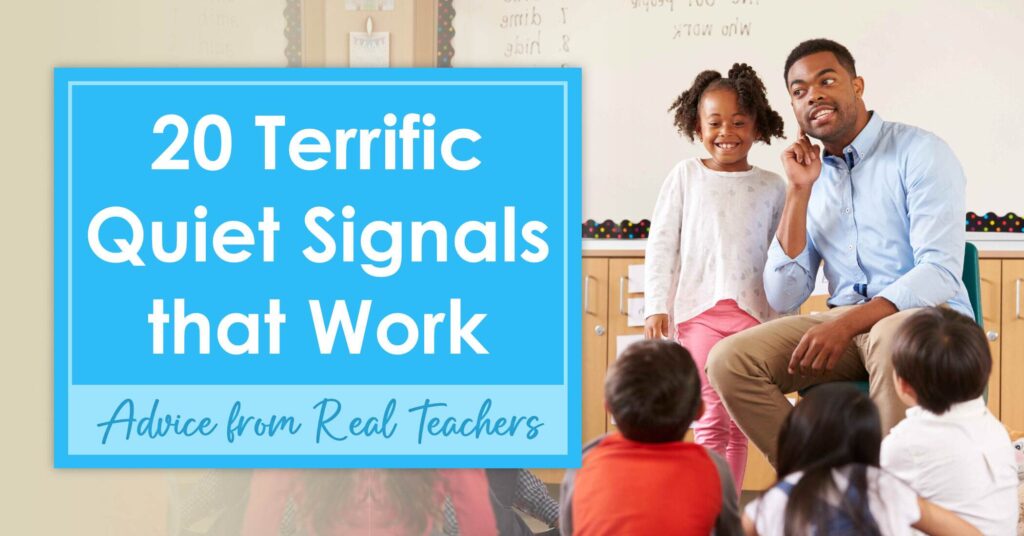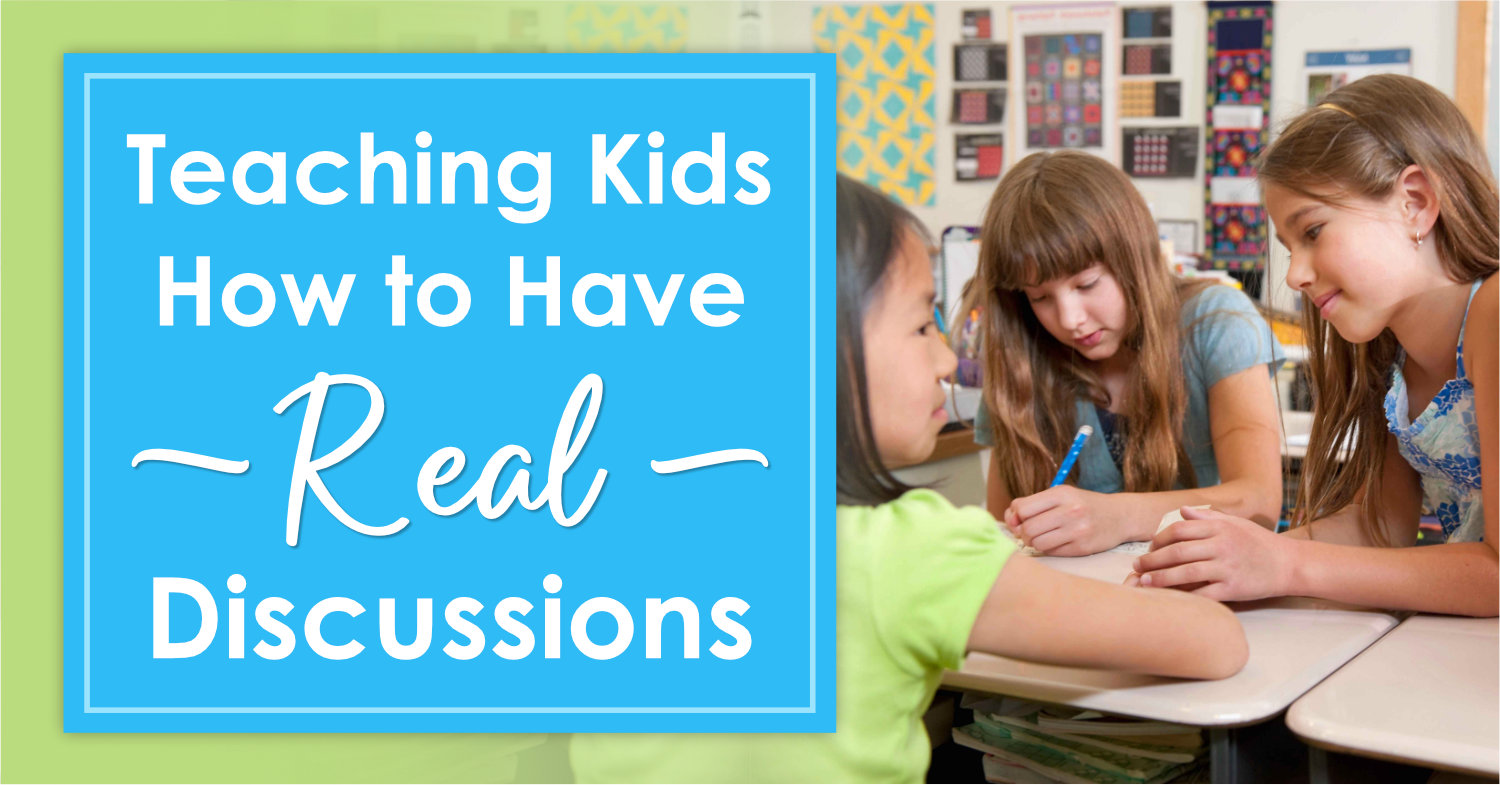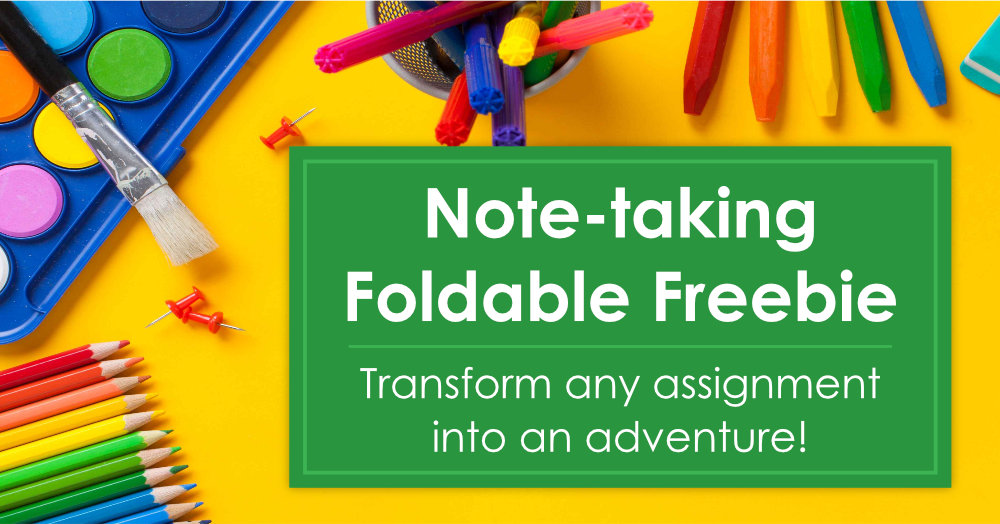Advice from Real Teachers Series
When you teach hands-on lessons and use active engagement strategies, it’s important to have an effective quiet signal! You’ll use it over and over again, so it can’t be too annoying, and it needs to be something that will get your class quiet in less than 5 seconds.
I shared my favorite quiet signal on my Teaching Resources Facebook page and asked the followers to share their favorites with me. I loved the quiet signals that were shared so much that I decided to compile the responses as a post in my Advice from Real Teachers series. If you want to read my original question on Facebook and see the responses for yourself, click here.
20 Terrific Quiet Signals That Work!
My favorite quiet signal is the set of chimes below, and I shared this image when I posted my question. Several teachers agreed with me and explained how they use chimes in their classrooms. Other favorite quiet signals included a mixture of “call and response” strategies as well as a variety of fun noise-making objects like a train whistle, a concierge bell, and a Tibetan singing bowl! I’ve included Amazon links* for those items so you can learn more about them if you’re interested.
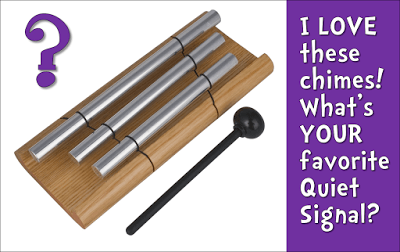
- Carol Hunt – Chimes…works like a dream! I use it to transition center activities.
- Karen Swales – I had a set of these chimes in my classroom. They were especially effective with students with sensory processing issues and children on the autism spectrum.
- Reuben Hks – I raise my hand, and then students raise their hands and stop talking. This gives students a chance to finish their conversation if they are talking with a partner or working in a group.
- Pepper Sullivan – I use non-verbal signals. I hold up 5 fingers and move about the room. As students notice and start to pay attention, I drop to 4, then 3, then 2, then 1 as they all get quiet.
- Linda Legman – I say , “1, 2, 3, look at me!” They respond, “1, 2, look at you!”
- Sam Shaw – I’ve got a plastic dog toy duck that I squeeze…….it quacks…..I’ve also got a silly bike horn….
- Deborah Brooks – I have verbal cues as I am all over the room and won’t readily have something nearby to chime and such. I usually say ” Awesome!” And they reply “POSSUM”!
- Kelli Jo Wusterhausen – One I learned from a colleague was “and a hush falls over the crowd” and they say “hushhhh” and the listen.
- Jillian Bishop – A Tibetan singing bowl works well
- Rosemary Montenegro – I flicker the light and say, in a very upbeat voice, “Show me your listening wings!” The kids stop what they’re doing and stretch their arms out to let me know that they are listening!
- Matt Hill – I say “Sharkbait” and they say “Ooh ha ha” and freeze.
- Mindy Halverson – My favorite is a throw back to Vanilla Ice. I say “Stop” and the kids respond with “Collaborate and listen.” I teach them how the song does it. We also talk about what collaborate means. I have had some groups that really got into it which made it more fun.
- Jaqui OShaughnessy – A wind chime. SO gentle and always gets the kids’ attention.
- Casey McAdam – I say, “Hands on top, that means stop.” The kids stop playing because their hands must touch the tops of their heads.
- Karen Swales – For something more hands on, a Kalimba is a very soothing (and quiet) instrument. It’s very calming when the student holds it with both hands to play. I found one similar to this at a local craft fair.
- Phillip Gumery – I use the simple ringtone on my mobile. It’s loud enough to get attention and works as a quiet time signal as well.
- Peter Jarvis – One classroom I saw had a remote doorbell. The button was on the teacher’s desk and the chime part somewhere in the classroom.
- Alicia Figluizzi – I use this bell and teach my high school students two signals. One ding means simmer down, be aware of noise/transition, and two quick dings means I need the whole class’s attention or a transition is about to occur.
- Amanda Becker – I have 7 things. Haha – variety! 1. Concierge bell 2. Train whistle – mostly for clean up 3. Rainstick 4. Peace sign with my fingers 5. Coconut piano chime (it’s awesome!) 6. Rhythm clap 7. Call and respond techniques
- Shawn Collins – I teach my students to respond to my verbal call in the same way. .. For example, If say, “Claaaaaaaassss.” They respond “yeeesssssss?” I switch it up using a southern drawl, a British accent, and so on. (This strategy was originally developed by Chris Biffle, founder of Whole Brain Teaching, and you can read more about it here.)
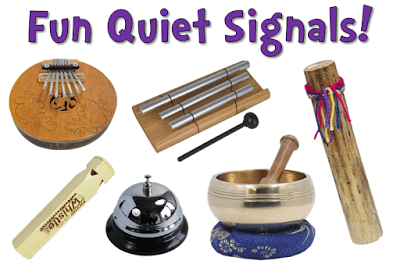
How to Teach Your Quiet Signal
After you choose a quiet signal, it’s important to teach it to your students so they know exactly what to do when they see or hear your signal. After you explain the procedure, have them practice it right away. Ask your students to pair up and discuss a topic of interest. After they’ve been chatting for 15 or 20 seconds, use the quiet signal. Then time your class to see how long it takes them to get quiet. Write the time on the board and challenge them to get quiet in under 5 seconds. Continue practicing until the class is able to accomplish this. It won’t take as long as you might think!
Having an effective quiet signal is one of the best ways to maximize instructional time. Instead of wasting precious minutes trying to get your class quiet so you can give the next set of directions, you’ll have them quiet and ready to listen in 5 seconds! To learn more strategies for using quiet signals, click over to my Teaching Resources website.
Which of the 20 quiet signals shared here do you already use? Which new ones would you like to try? If you have your own favorites, I hope you’ll share them with us in a comment on this post!
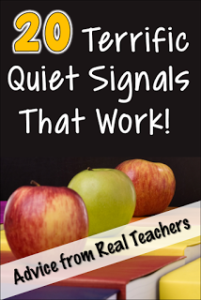
Listen to the Podcast: Tips for Using Attention Signals Effectively
Quiet signals are also known as “attention signals” because students are expected to get quiet AND turn their attention to the speaker. In episode 6 of Inspired Teaching Made Easy, I explained why attention signals are so essential, and I explained how to evaluate them to ensure that you choose the right one for your classroom. I wrapped up the episode by sharing a simple, step-by-step lesson plan for teaching any new quiet signal to your students. Click the play button below to listen now, or listen to this episode on Apple Podcasts or Google Play.

